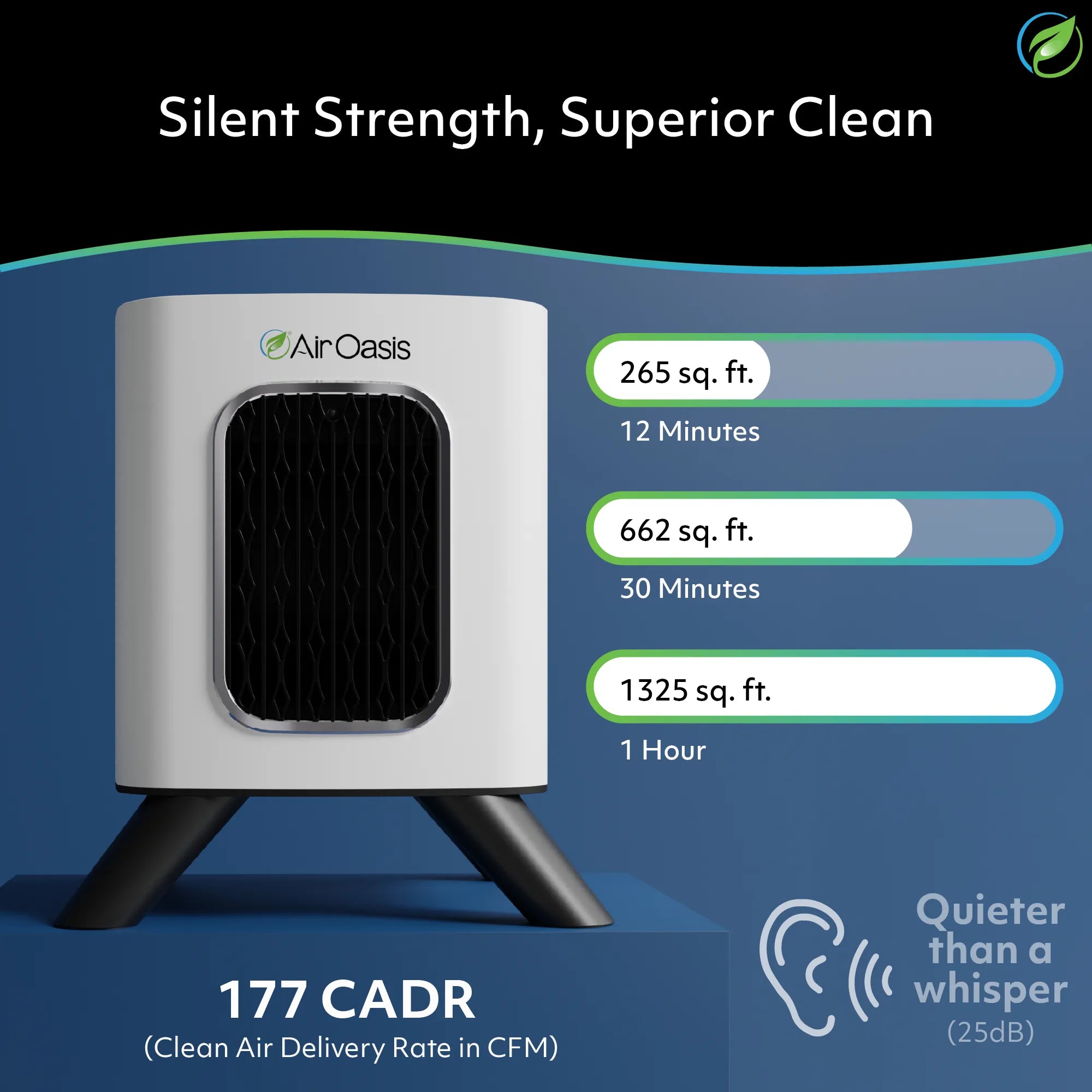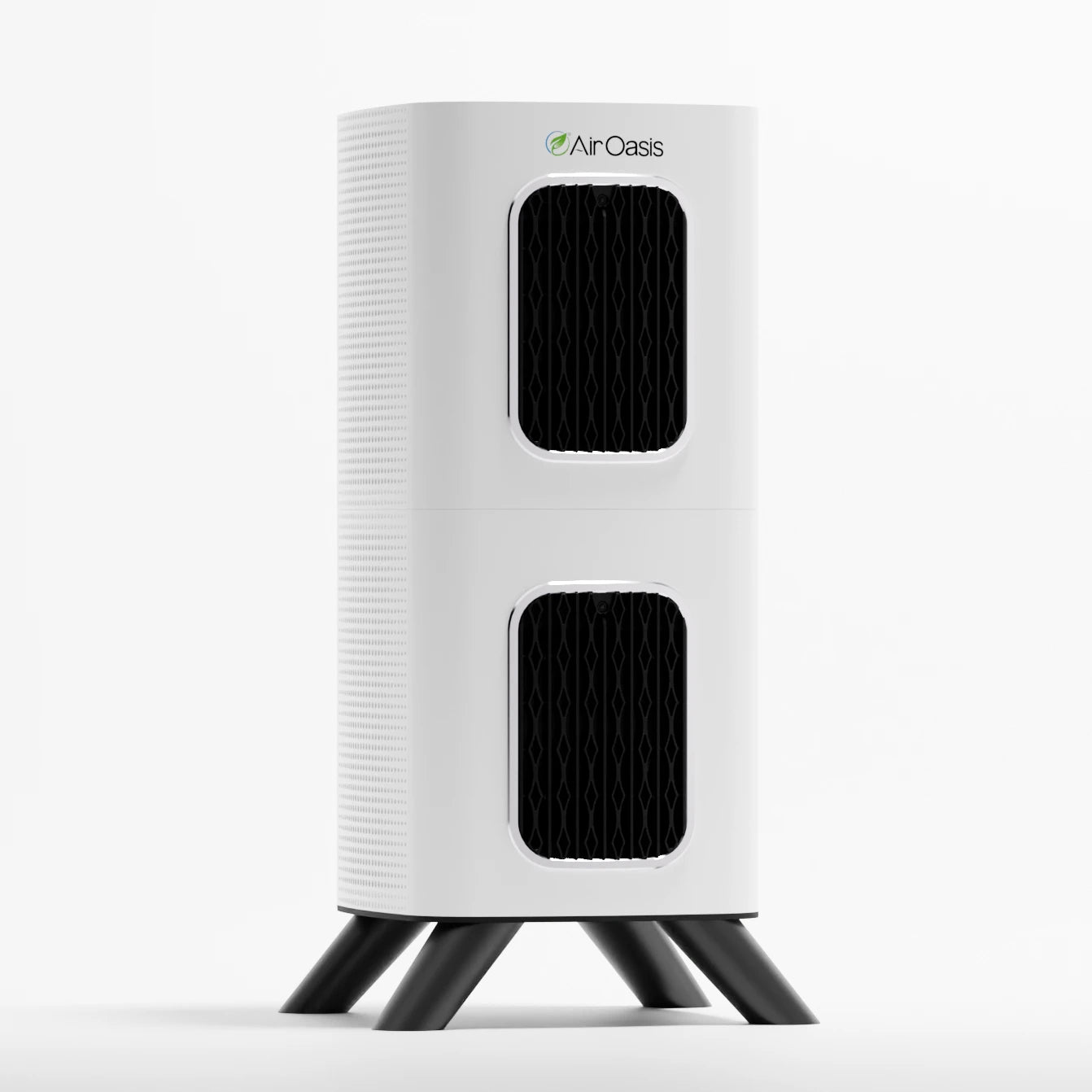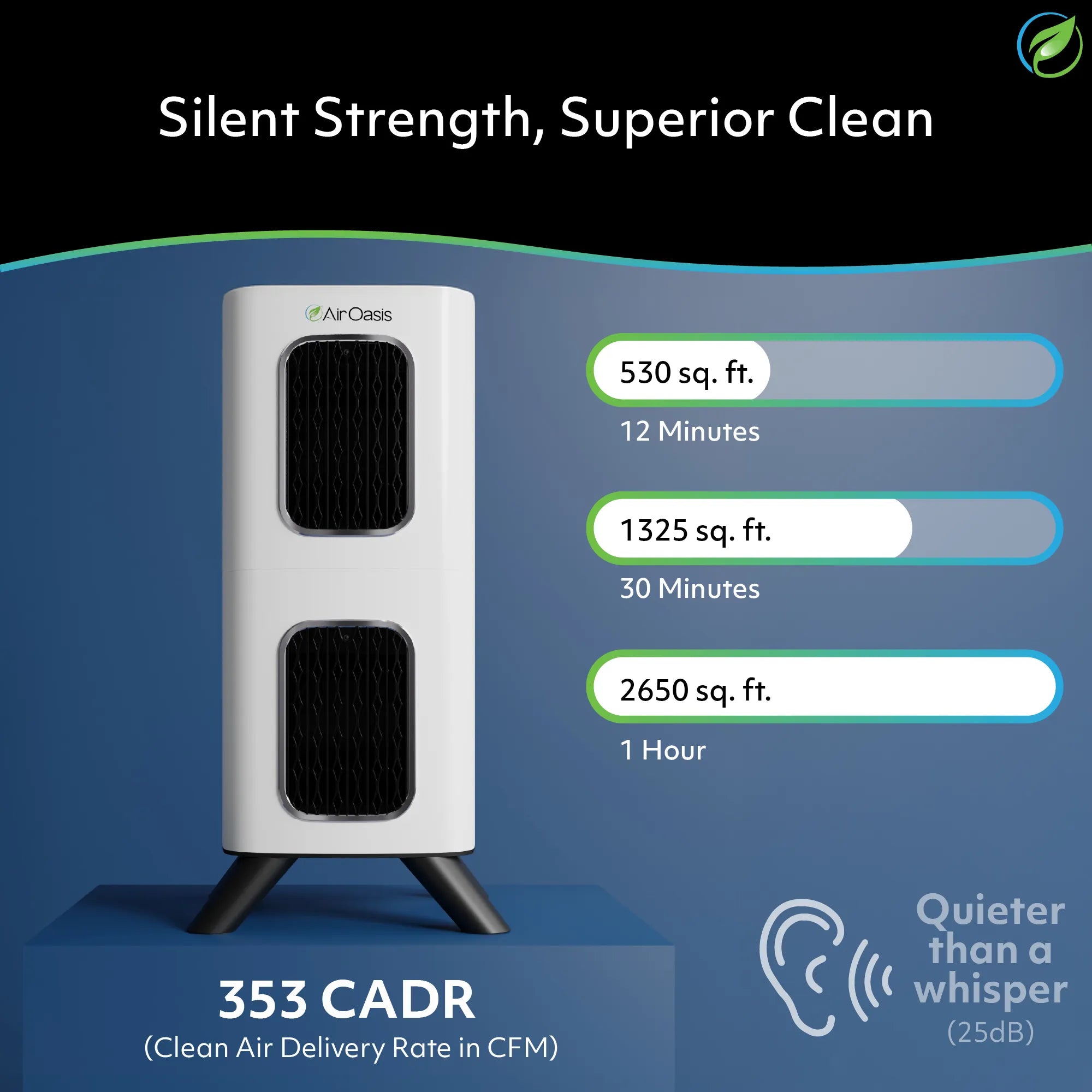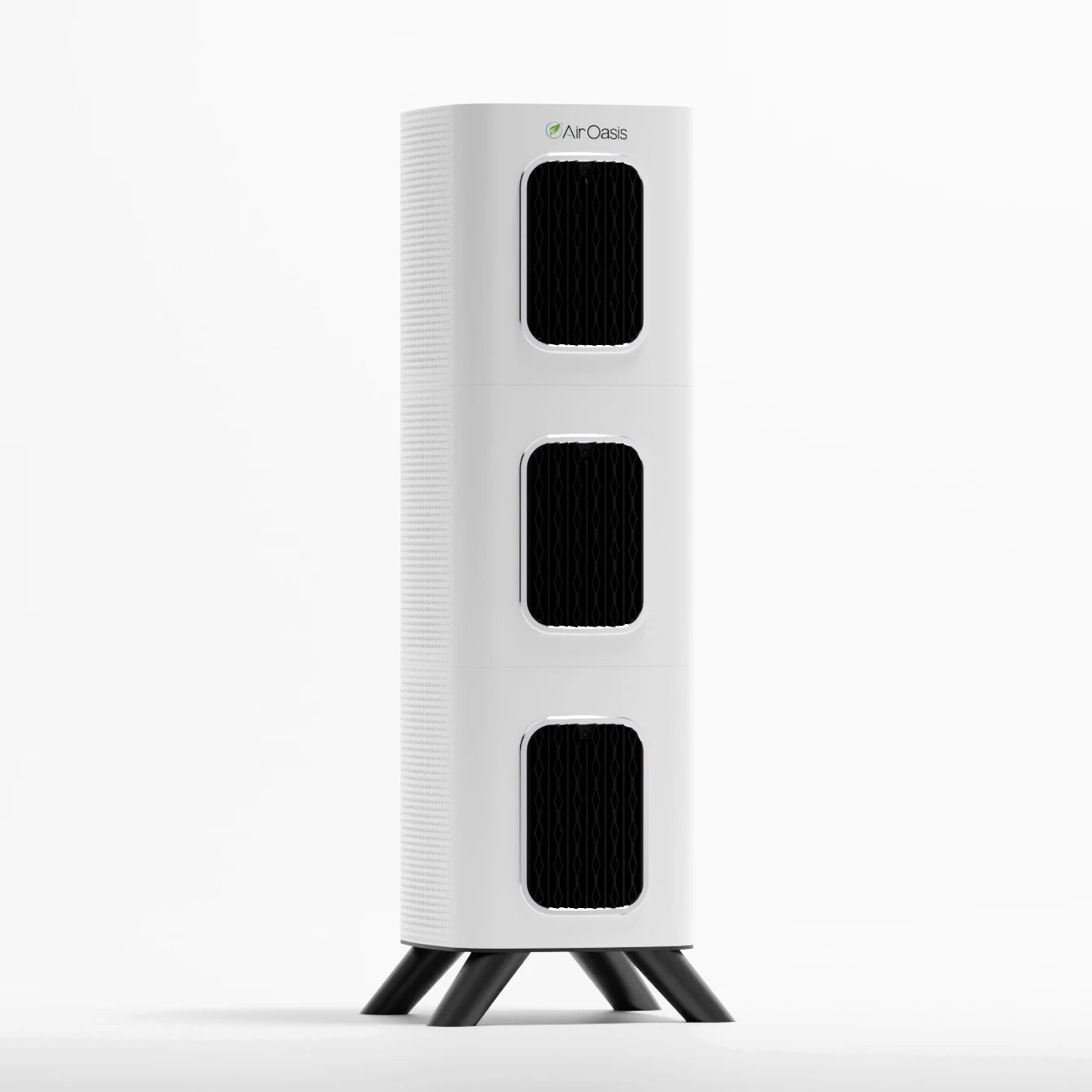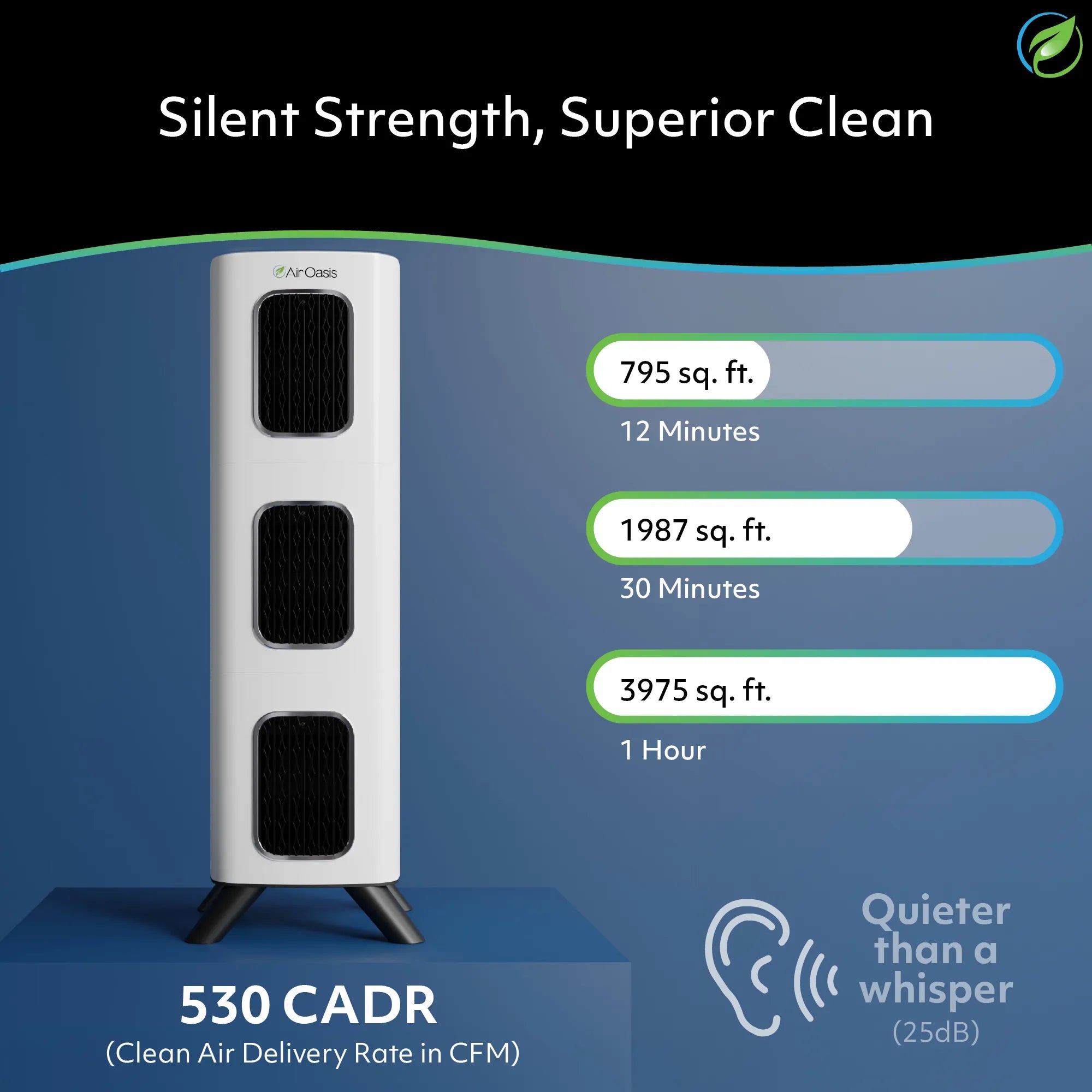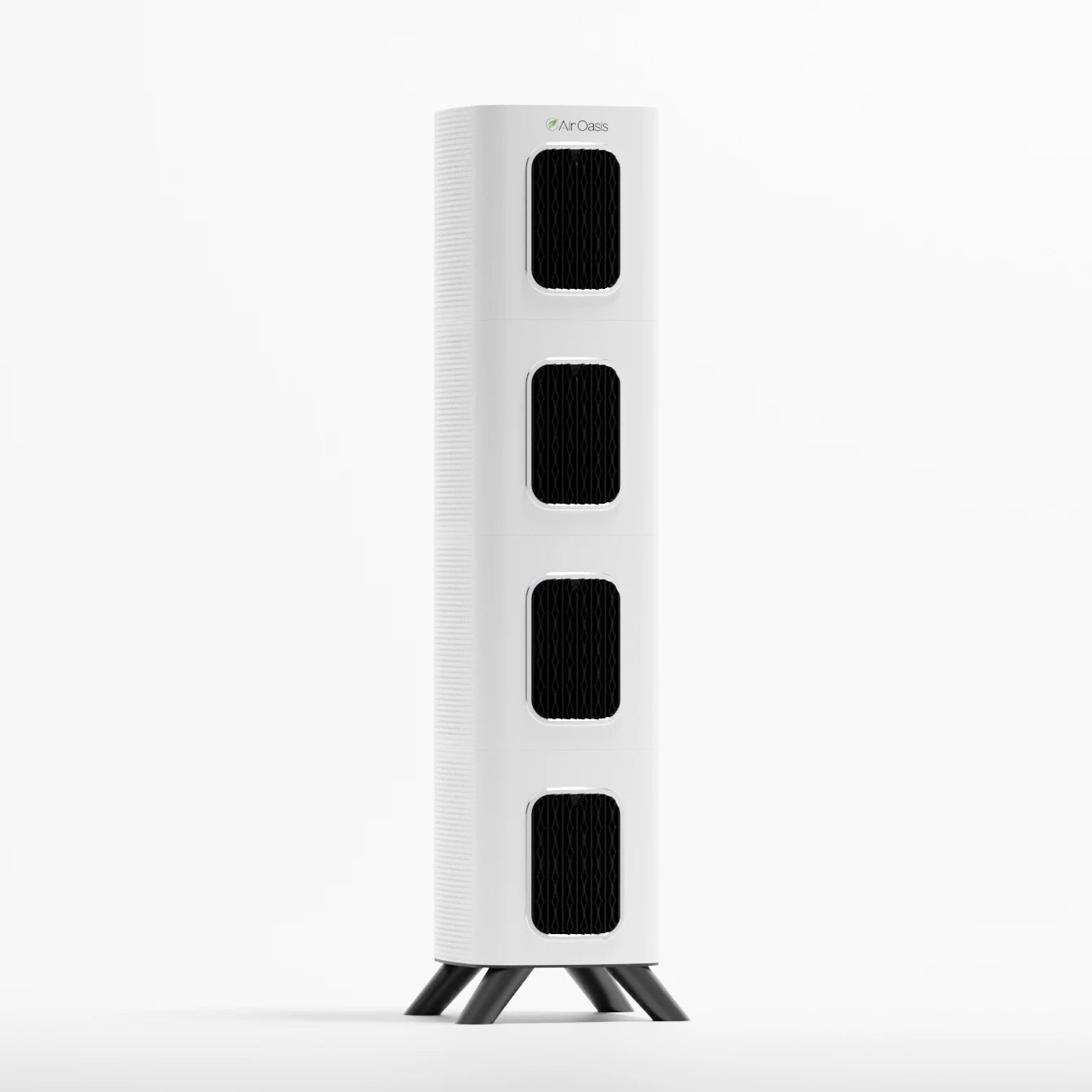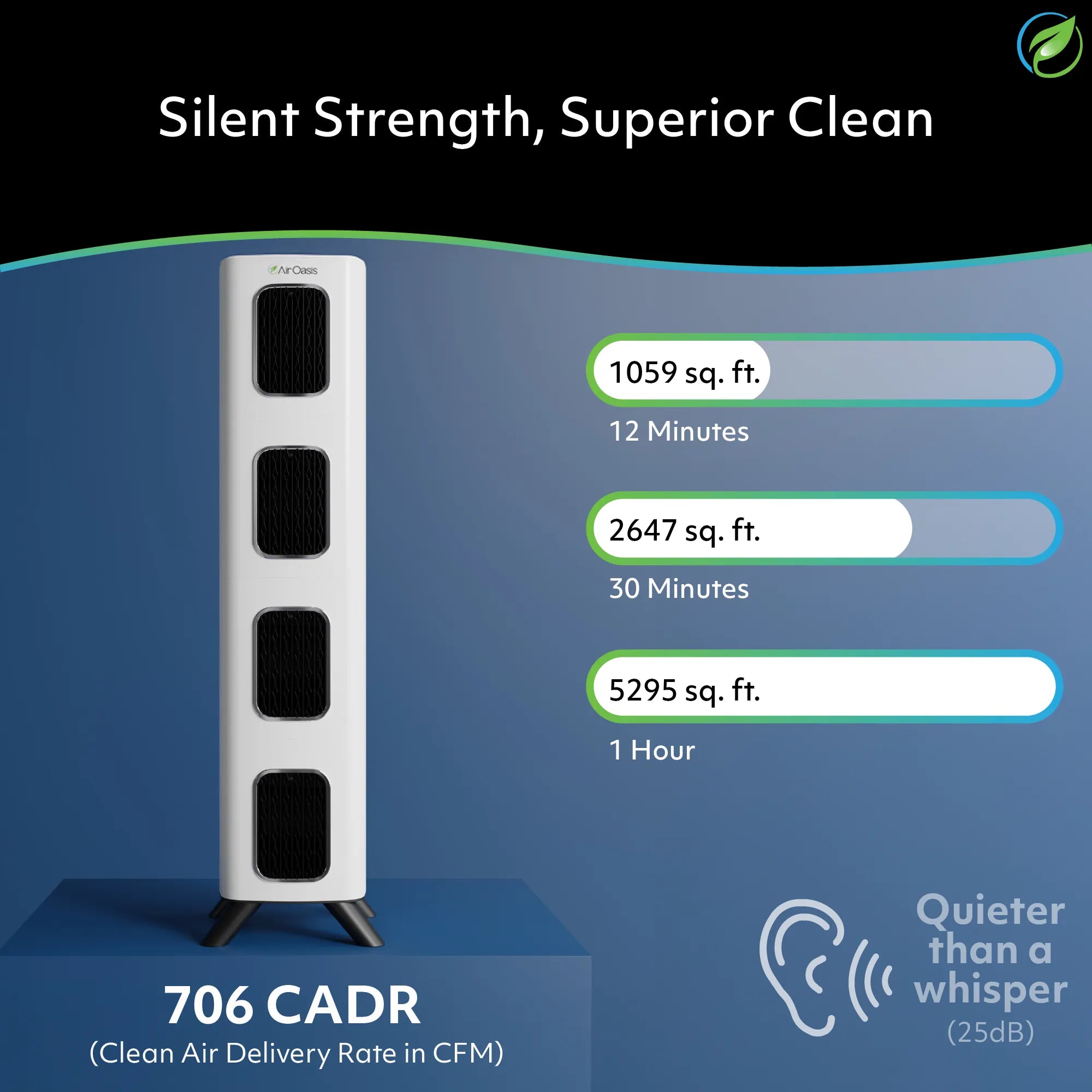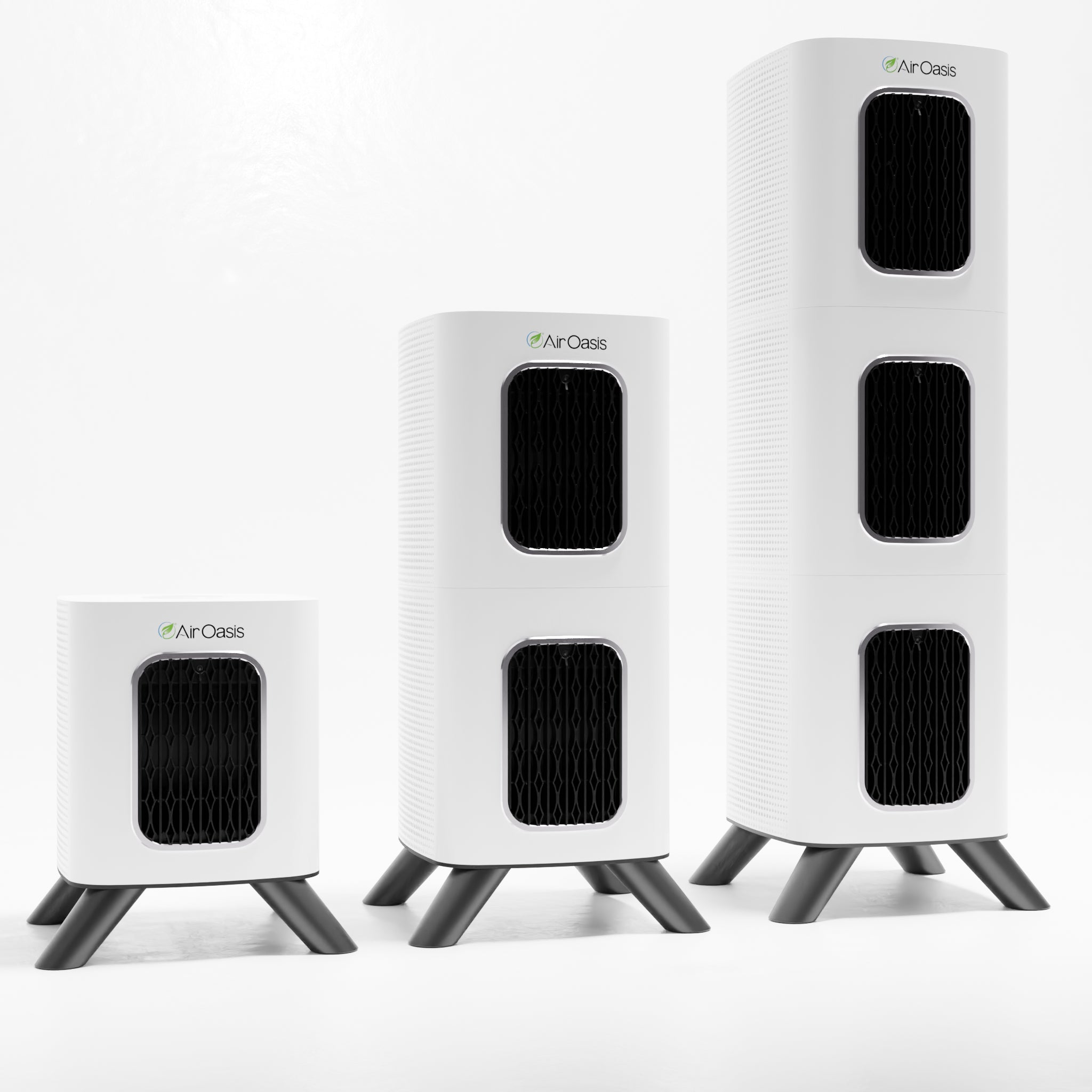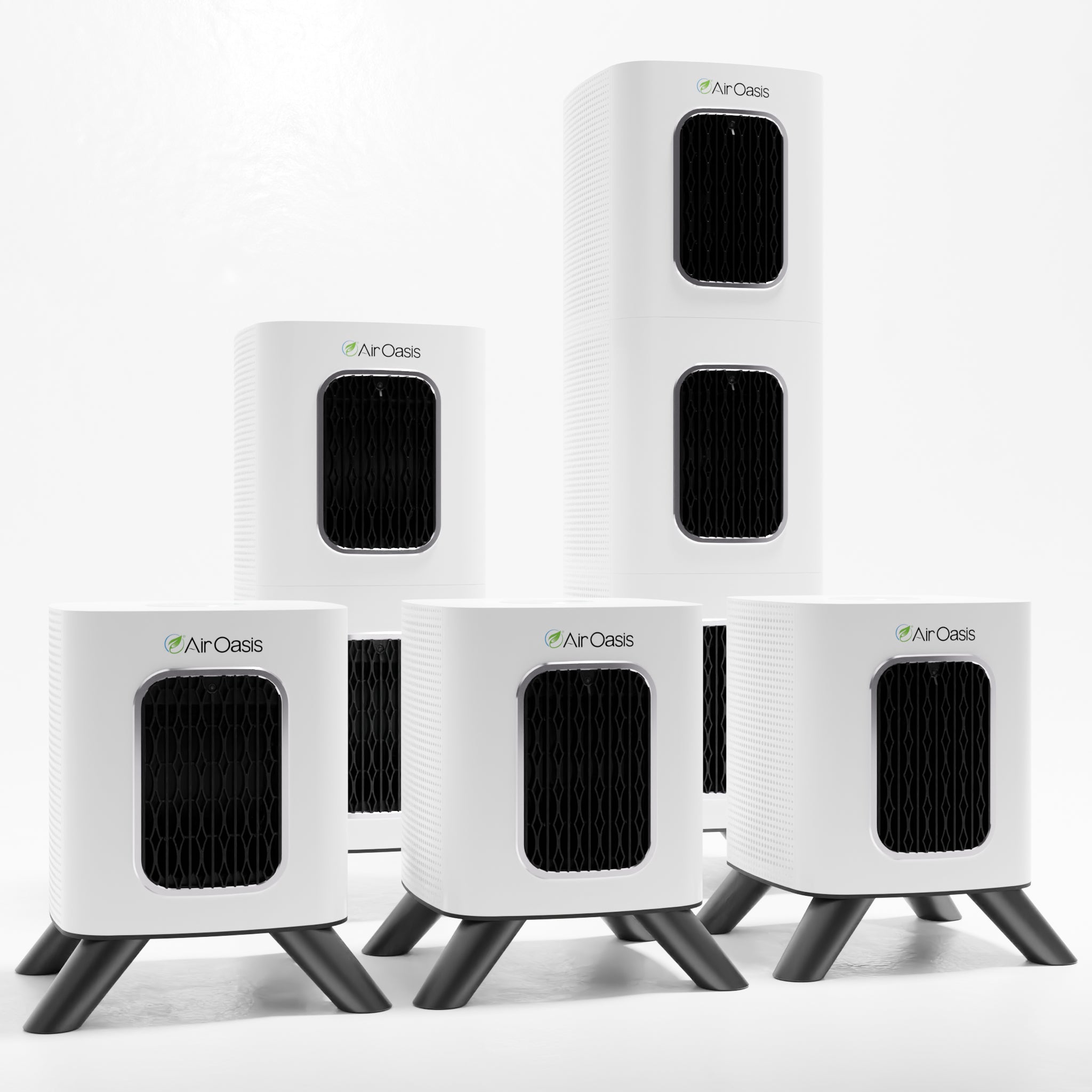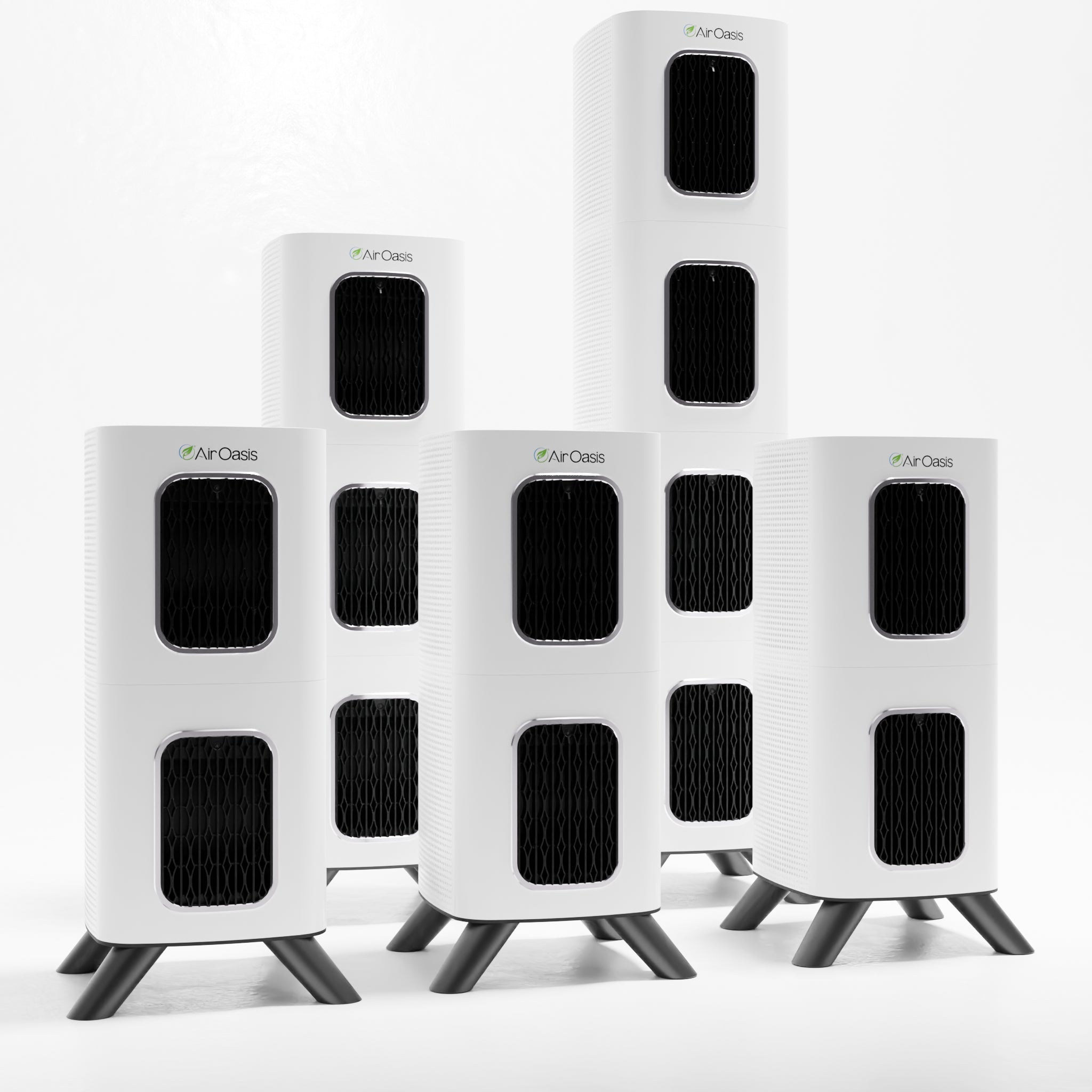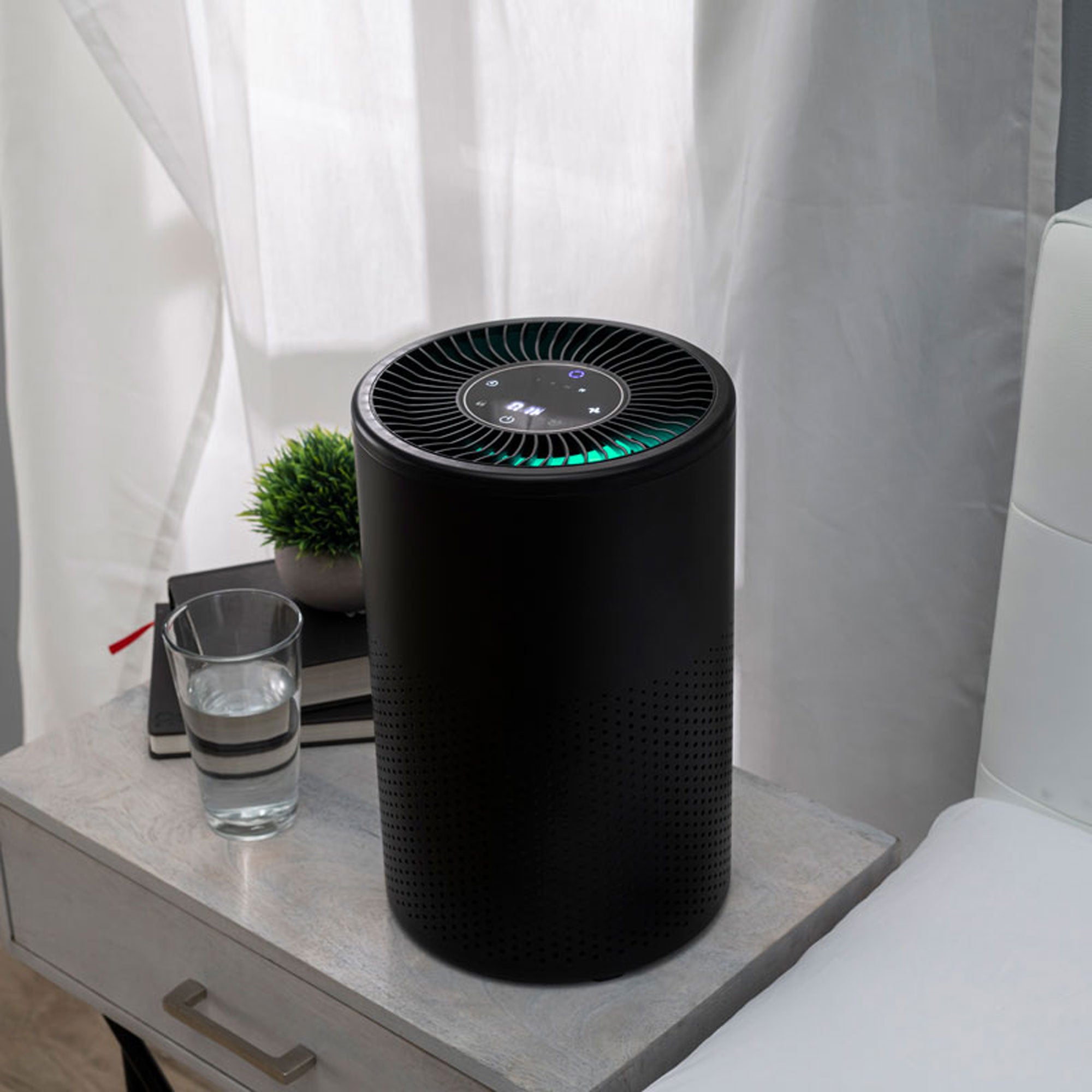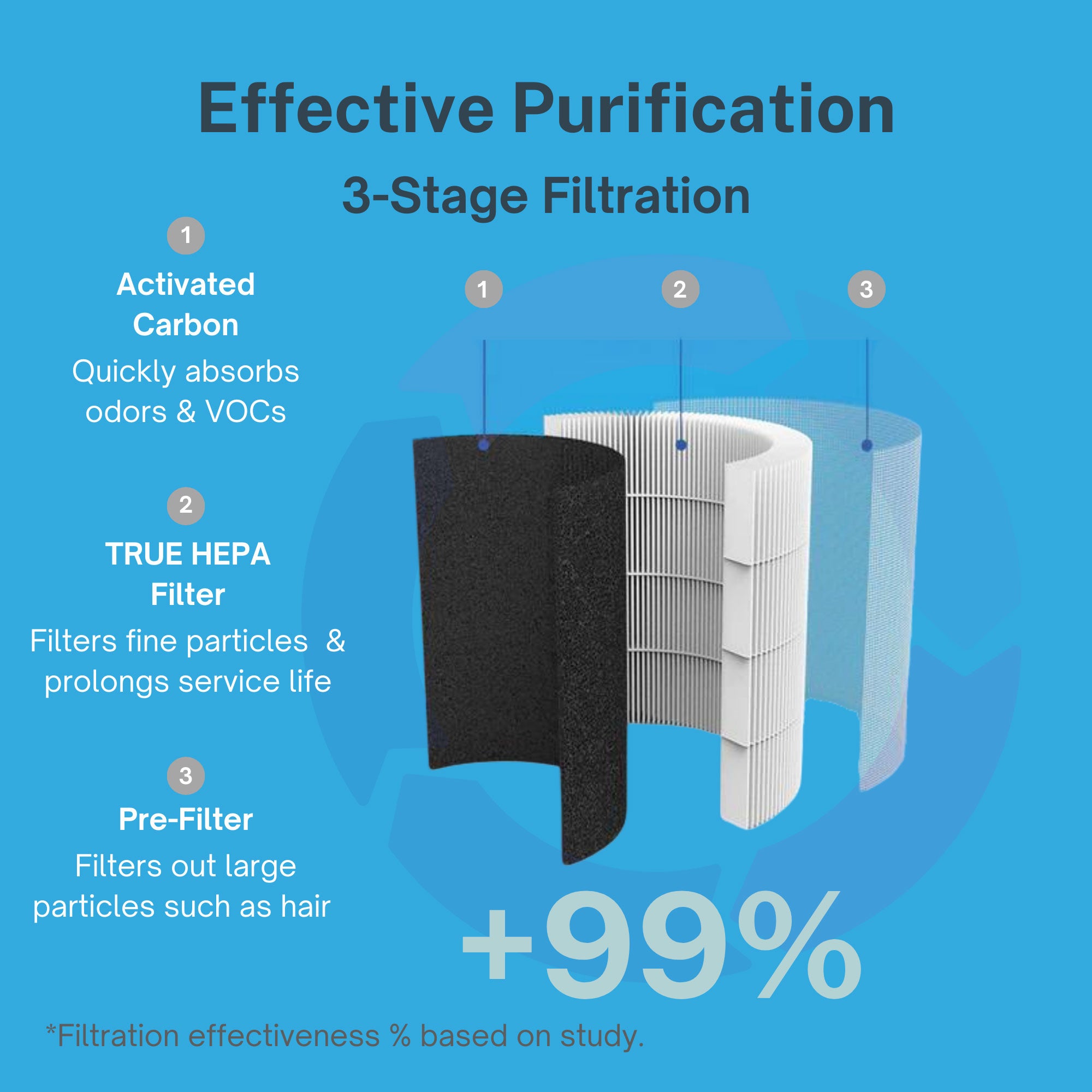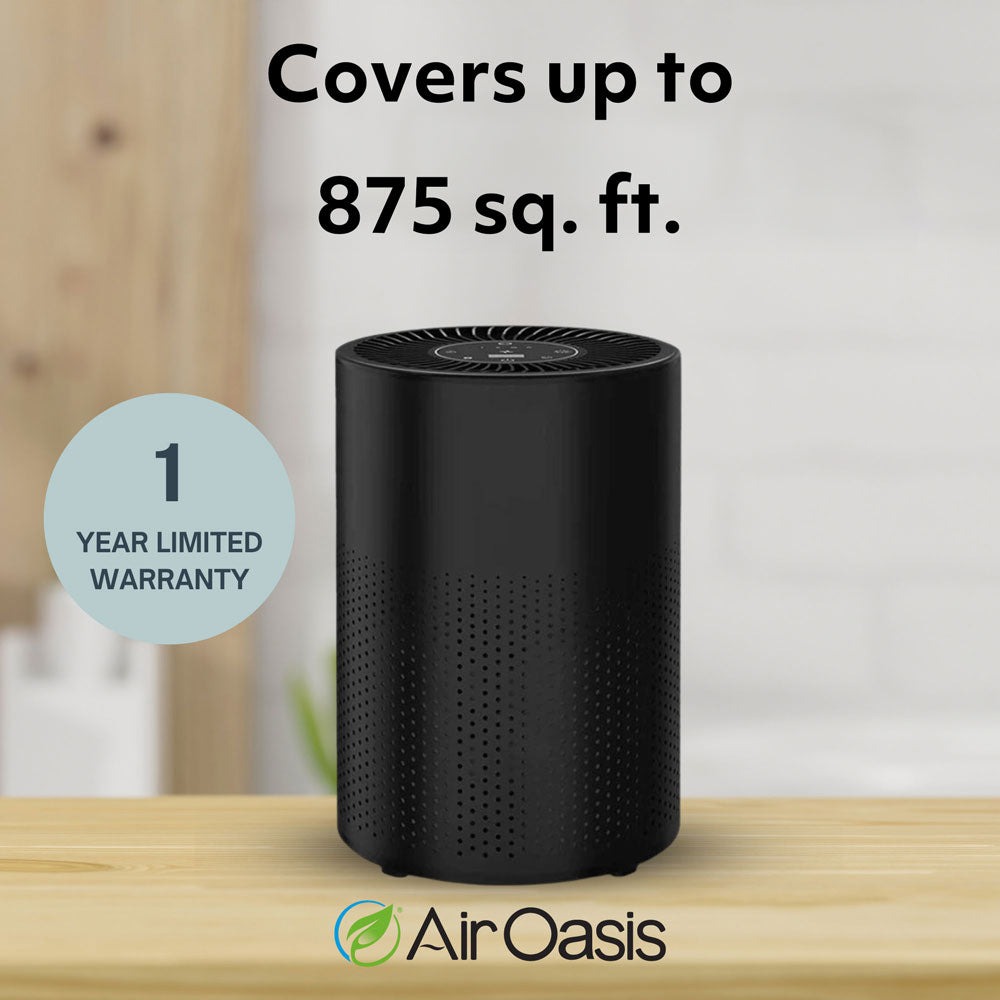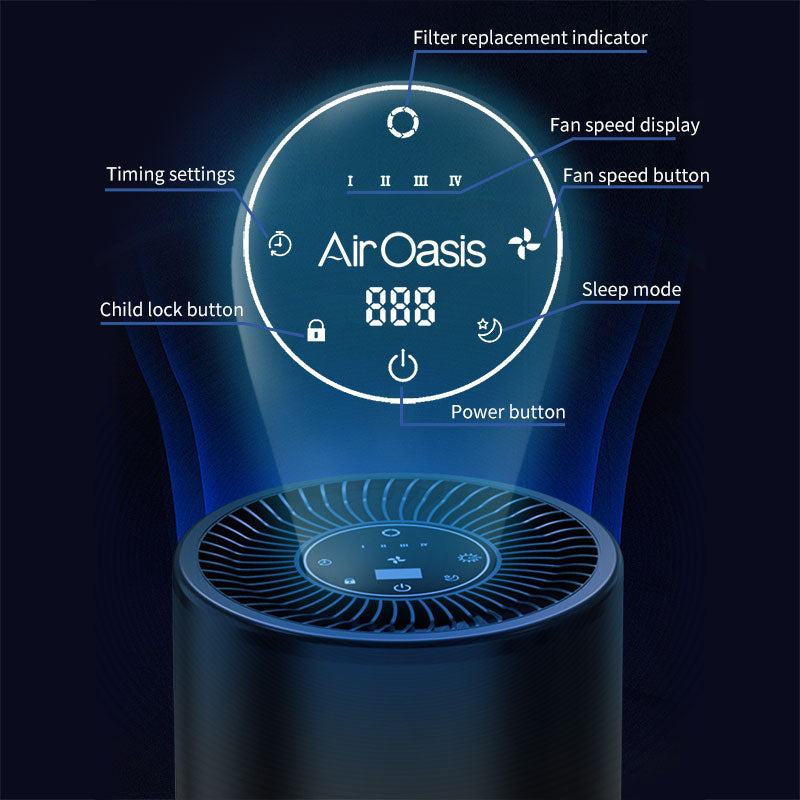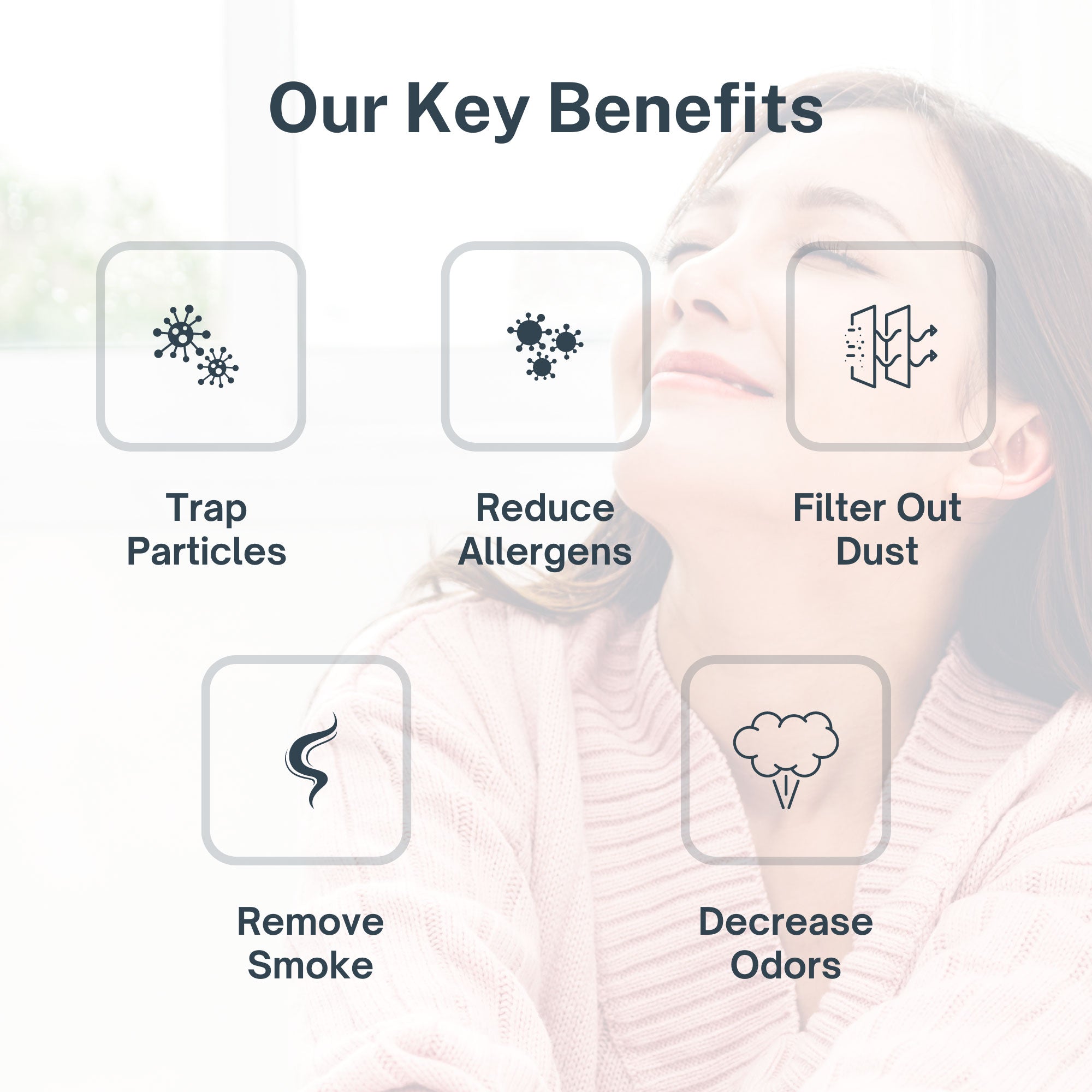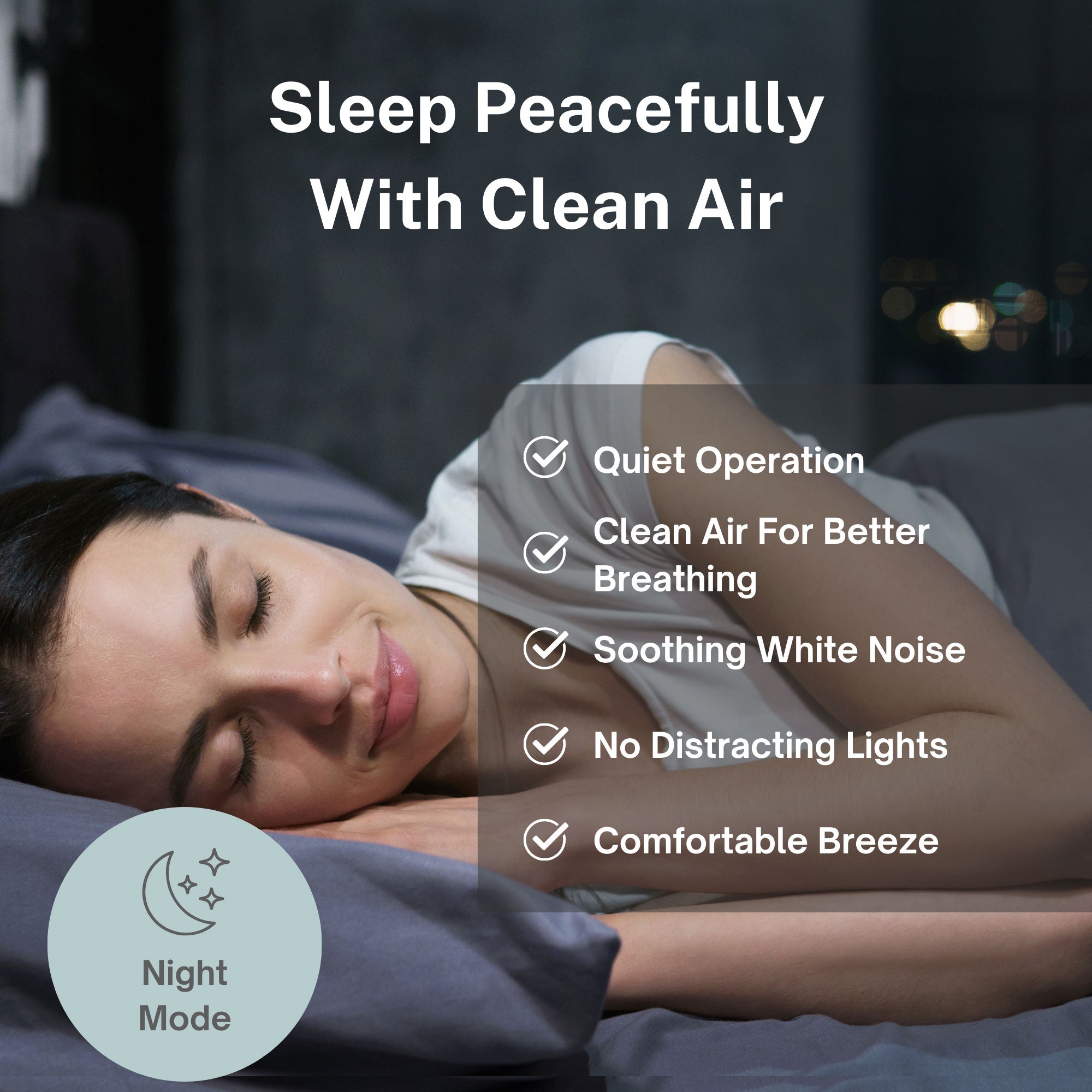Toronto has emerged as the ninth most polluted major city in the world as of July 16, 2025, while Montreal ranks 11th and Detroit 13th, according to real-time air quality monitoring data from IQAir. The dramatic pollution spike stems from widespread wildfires across northern Canada, with shifting wind patterns sending dense smoke southeast toward the Great Lakes Region and St. Lawrence River, creating "moderate" to "unhealthy" air quality conditions across multiple U.S. states and Canadian provinces.
The National Weather Service has issued air quality alerts for southeast Michigan, northeastern Illinois, northern Maine, central Ohio, and northeastern Indiana as wildfire smoke creates hazardous breathing conditions for millions of residents. For health-conscious individuals across the affected region, this air quality emergency demonstrates how quickly external environmental conditions can deteriorate from safe to dangerous, requiring immediate protective action to maintain optimal health during pollution events.
The Scope of the Current Air Quality Crisis
The wildfire smoke event affects an enormous geographic area spanning multiple countries, provinces, and states, with poor air quality conditions ranging from "moderate" to "unhealthy" across Illinois, Indiana, Maine, Michigan, Minnesota, Ohio, New York, and Vermont. In Canada, major cities across Alberta, Ontario, and Quebec face unhealthy air quality levels, with additional impacts affecting parts of Manitoba and Saskatchewan.
Major metropolitan areas experiencing significant air quality degradation include Buffalo, Cleveland, Detroit, Montreal, Quebec City, Saskatoon, Toledo, and Toronto—representing millions of residents suddenly exposed to hazardous pollution levels. According to EPA research on wildfire smoke health effects, this type of widespread smoke event can cause immediate respiratory symptoms while also triggering cardiovascular stress and inflammatory responses that affect overall health.
The international scope of this pollution event illustrates how wildfire smoke can travel hundreds or thousands of miles from original fire sources, creating air quality emergencies in areas far removed from actual burning. Residents in affected cities may experience hazardous air quality conditions despite clear skies and no local fire activity, making real-time air quality monitoring essential for understanding actual exposure risks.
Toronto's ranking as the world's ninth most polluted city represents a dramatic shift from typical air quality conditions in a region known for relatively clean air. This sudden deterioration demonstrates how wildfire events can instantly transform healthy environments into pollution hot spots that rival the world's most chronically polluted cities.
Understanding Wildfire Smoke Health Impacts
Wildfire smoke contains a complex mixture of particulate matter, gases, and toxic compounds that pose immediate and long-term health risks during exposure events like the current Great Lakes crisis. The fine particles in wildfire smoke can penetrate deep into lung tissue and enter the bloodstream, triggering inflammatory responses throughout the body that affect cardiovascular, respiratory, and neurological systems.
The health impacts extend beyond obvious respiratory symptoms to include increased risks of heart attacks, strokes, and other cardiovascular emergencies during heavy smoke exposure periods. Children, elderly individuals, and those with existing health conditions face particularly severe risks, but even healthy adults can experience measurable decreases in lung function and increases in systemic inflammation.
The current air quality levels affecting Toronto, Montreal, and Detroit represent exposure conditions that can cause immediate health symptoms including difficulty breathing, chest pain, throat irritation, and eye inflammation. Prolonged exposure at these pollution levels can trigger asthma attacks, worsen existing respiratory conditions, and compromise immune system function.
The Air Oasis commitment to wildfire smoke protection recognizes that these regional pollution events require comprehensive indoor air purification that can remove both particulate matter and gaseous pollutants that standard filtration systems cannot effectively address.
Regional Weather Patterns and Pollution Transport
The current air quality crisis results from complex meteorological conditions that transport wildfire smoke across vast distances while concentrating pollutants in populated areas. Shifting wind patterns from widespread northern Canadian wildfires have created a southeastward smoke flow that directly affects major population centers in the Great Lakes region and eastern Canada.
Weather conditions including atmospheric pressure patterns, wind speeds, and temperature inversions determine how wildfire smoke disperses and accumulates in different geographic areas. The current meteorological setup has created conditions that trap smoke close to ground level where people breathe, while also preventing normal dispersion that would dilute pollution concentrations.
The St. Lawrence River valley and Great Lakes basin geography can create natural channels that funnel and concentrate airborne pollutants, explaining why cities like Toronto, Montreal, and Detroit are experiencing particularly severe air quality conditions. These topographical features can trap smoke for extended periods, creating persistent pollution events that last days or weeks.
Understanding regional weather patterns helps explain why air quality can vary dramatically between nearby locations and why pollution levels can change rapidly as wind patterns shift. The iAdaptAir technology from Air Oasis provides continuous protection regardless of changing outdoor air quality conditions or unpredictable weather patterns.
Immediate Protection Strategies
The current air quality emergency across the Great Lakes region requires immediate protective action rather than hoping for improved conditions. Official recommendations include staying indoors when air quality is poor, wearing KN95/FFP2 masks if outdoor activity is necessary, shutting doors and windows, and setting HVAC systems to recirculate mode to prevent outdoor air infiltration.
However, these basic protective measures provide limited protection against the ultrafine particles and toxic gases that pose the greatest health risks during wildfire smoke events. Standard residential HVAC systems cannot effectively filter the microscopic pollutants that penetrate indoor spaces through normal air exchange, leaving residents vulnerable even when following official guidance.
Running high-performance air purifiers represents the most effective strategy for creating genuinely clean indoor environments during wildfire smoke events. Advanced air purification systems can maintain indoor air quality that measures significantly better than outdoor conditions, providing real protection against the pollution that has made Toronto one of the world's most polluted cities.
Real-time air quality monitoring through apps and websites helps residents understand current exposure risks and make informed decisions about outdoor activities, but monitoring alone cannot protect health—only comprehensive indoor air purification provides actual protection during pollution emergencies.
Long-Term Implications and Future Preparedness
The current wildfire smoke event affecting the Great Lakes region represents part of a broader pattern of increasing wildfire activity and smoke impacts that climate scientists predict will become more frequent and severe in coming years. Communities that rarely experienced air quality problems may face regular wildfire smoke events that require ongoing preparedness rather than reactive responses.
The international scope of the current pollution event also demonstrates how wildfire smoke impacts transcend political boundaries, creating shared environmental health challenges that affect millions of people simultaneously. Future wildfire seasons may produce even more extensive smoke events that affect larger geographic areas for longer periods.
For health optimization enthusiasts, the current crisis provides a preview of environmental challenges that may become routine rather than exceptional. Building resilience against wildfire smoke exposure requires proactive strategies that provide consistent protection rather than emergency responses during obvious pollution events.
Taking Control During Air Quality Emergencies
Toronto's ranking as the world's ninth most polluted city serves as a stark reminder that air quality can deteriorate rapidly and dramatically, transforming healthy environments into pollution hot spots within hours. While meteorological conditions and wildfire activity remain beyond individual control, personal air quality protection strategies provide immediate benefits during current and future pollution emergencies.
The key lesson from the current Great Lakes air quality crisis is that environmental health protection cannot depend on hoping for favorable external conditions. Comprehensive indoor air purification provides immediate protection during current wildfire smoke events while preparing for future environmental challenges that are likely to become more frequent and severe.
Your health optimization goals cannot wait for perfect outdoor air quality conditions or hope that wildfire smoke will avoid your region. Take control of your indoor breathing environment today with proven technology that creates consistently clean air regardless of external pollution events. Shop Air Oasis today and ensure that your wellness efforts aren't derailed by environmental factors beyond your control, whether from current wildfire smoke or future air quality emergencies.






